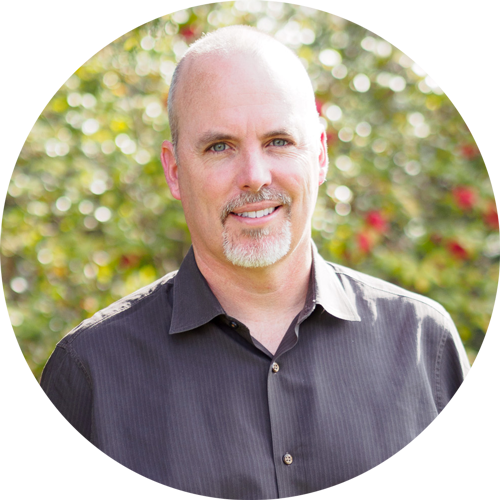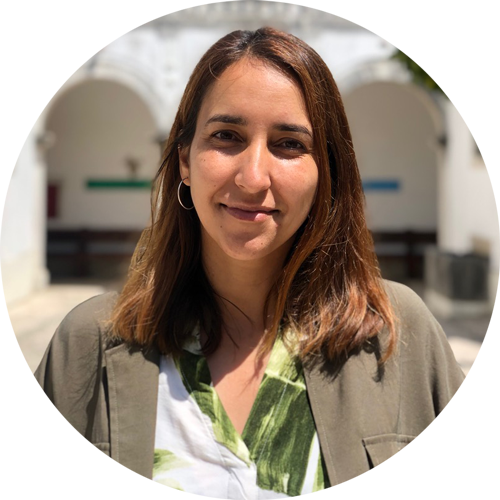
Research Spotlight
HHMI Emerging Pathogens Initiative
By Kirsten Mickelwait
After three years of the SARS-CoV-2 global pandemic, we’re all deeply aware of how pathogens can threaten not only human health but life as we know it. The Howard Hughes Medical Institute (HHMI) has responded by committing $100 million to a new Emerging Pathogens Initiative that will help us prepare for such threats in the future.

The HHMI research program will comprise 13 projects led by 70 scientists from 29 institutions, and will focus on the potential for diagnostics, therapeutics, and vaccines against pathogens that could become problematic in the years ahead. Among the scientists are MCB’s own Greg Barton, professor of immunology and molecular medicine; Russell Vance, professor of immunology and molecular medicine; and Filipa Rijo-Ferreira, assistant professor (affiliated) of immunology and molecular medicine, and assistant professor of public health. In late 2022, Barton and Vance each received three-year grants to support their research projects.
Barton is leading a team of five scientists from the U.S. and Canada to study Akkermansia muciniphila as a mucosal vaccine platform to deliver vaccines across the surface of the gut. Akkermansia is a bacterium that’s normally beneficial to the human gut microbiota—the collection of microorganisms that normally inhabit the gastrointestinal system. As Barton’s lab published in a 2019 Science paper, Akkermansia is unusual because it’s recognized by the immune system and thus can prompt immune responses. His team now hopes to use this special property to engineer the bacterium to express antigens from pathogens.
“We don’t yet understand how the immune system responds at mucosal surfaces,” Barton explains. “One thing we hope to learn from this project is why Akkermansia elicits the response that it does. Once we understand that better, we might be able to engineer bacteria to build more effective immunity to our antigens of choice.”

Vance’s lab is collaborating on this project by trying to develop Akkermansia strains that protect against a gastrointestinal pathogen called Shigella flexneri. Shigella is the most common cause of dysentery, which kills at least 200,000 people a year worldwide, many of them children under the age of five.
“A major challenge is to develop vaccines that work at mucosal surfaces,” Vance says, “and Shigella is just one example of a mucosal pathogen for which we lack a good vaccine. If Akkermansia can be engineered to elicit protective immune responses, this will have a major impact.”
In addition, Vance is leading his own project: exploring circadian rhythms in anti-parasite immunity. Specifically, his lab is targeting malaria, one of the most important pathogens in terms of global morbidity and mortality.
Although they’ve extensively studied the innate immune response, working with parasites and circadian rhythms represents a new research direction for the Vance Lab. That’s where Rijo-Ferreira comes in, bringing expertise in circadian rhythms and malaria. Her previous work has shown that malaria parasites have their own internal “clock” that controls their behavior throughout the day, which is adjusted to match the clock of their hosts.

“There’s still a lot that we don’t understand about malaria, but one of its most interesting features is that it follows circadian patterns, replicating according to a regular daily cycle,” Vance says. “The idea is that there might be advantageous times for the parasites to be replicating, and other times when it it’s better for them to be more dormant—so the parasite keeps track of time in order to know when to grow and when to hide. One hypothesis is that they might be using the natural rhythms of our immune response. If we can figure out what the parasites are trying to avoid, we might be able to design interventions to better control their replication.”
Science moves faster with interdisciplinarity, says Rijo-Ferreira. “The close interactions with the Vance Lab led us to this bold project. I’m excited to continue exploring this fascinating topic and venture into testing the contribution to malaria fevers of the immune circadian clock, which would be never possible without their expertise in immunity.”
Vance agrees about interdisciplinarity. “These are really genuine collaborations that are producing work that no one lab could hope to complete on its own,” he says. And all three professors are quick to point out that, as with all scientific research, the “boots on the ground” of these projects are a legion of graduate students, postdocs, and techs—too many to name here.
Barton says that one of the most exciting aspects of these HHMI projects is the opportunity to work with such varied talent from labs across the U.S. and Canada. “The support from HHMI has allowed us to assemble a team of amazing scientists with the diverse expertise to tackle this tough problem,” he says. “We’re all excited to see what we can accomplish by working together.”
You can learn more about the HHMI EPI projects and teams here.
Banner image: Red blood cells infected with Plasmodium parasites (Rijo-Ferreira)
Back to Main Spring 2023 Newsletter Page
| Connect With Us! | ||||
MCB Twitter |
 LinkedIn Postdocs, PhDs, or Undergrads |
 Cal Alumni Network |
 Give to MCB |
|
